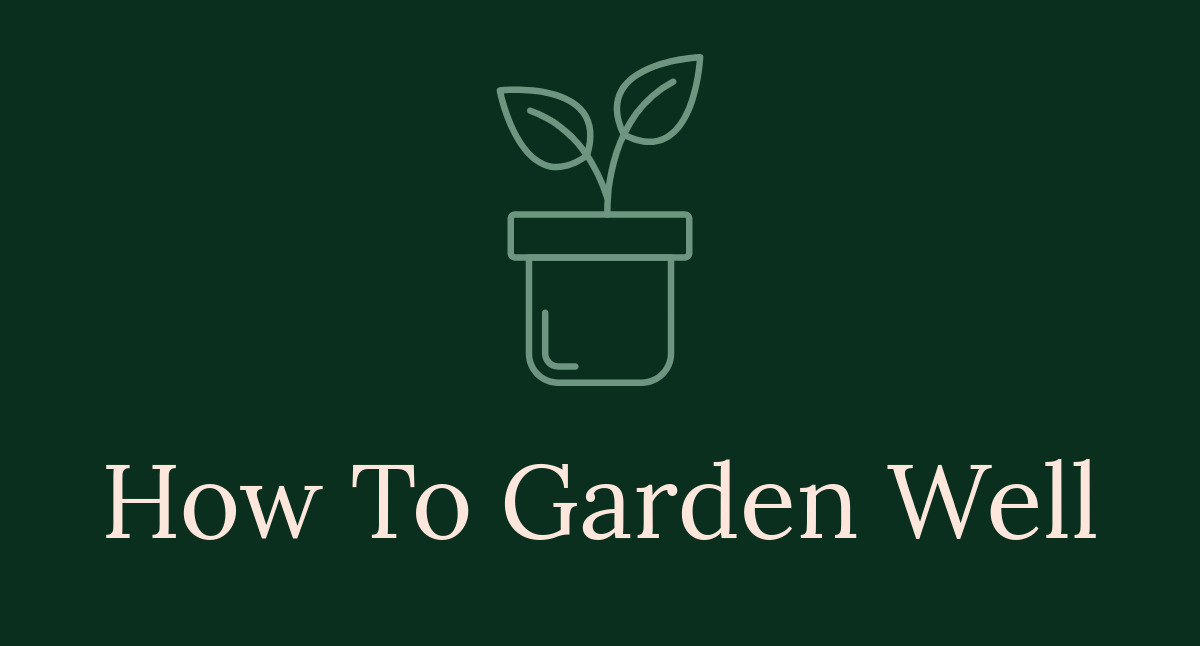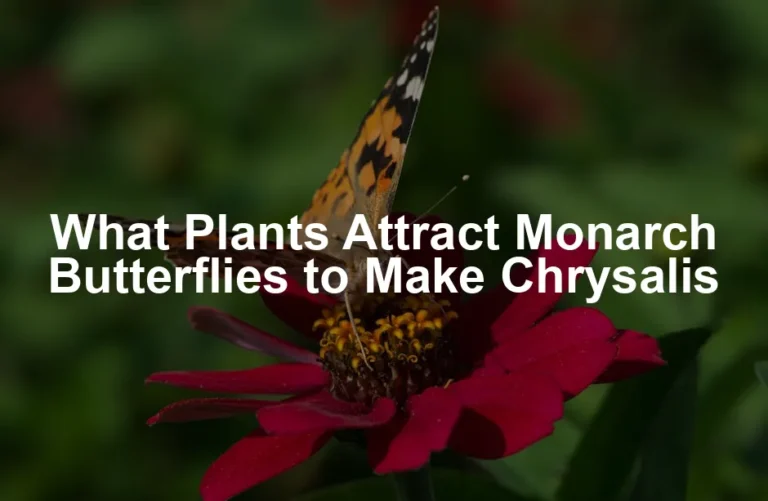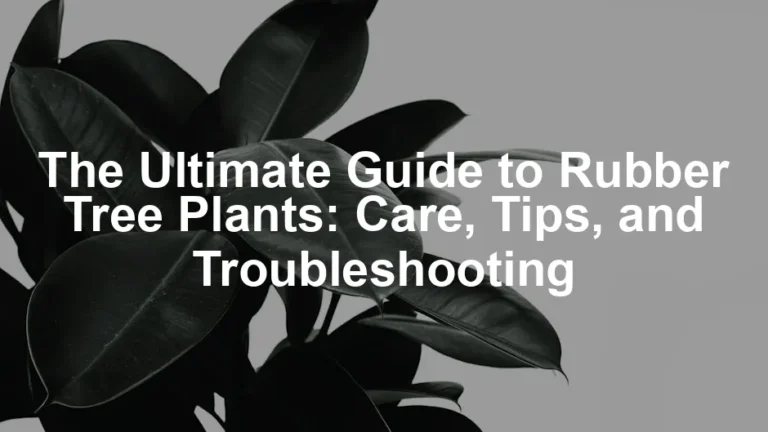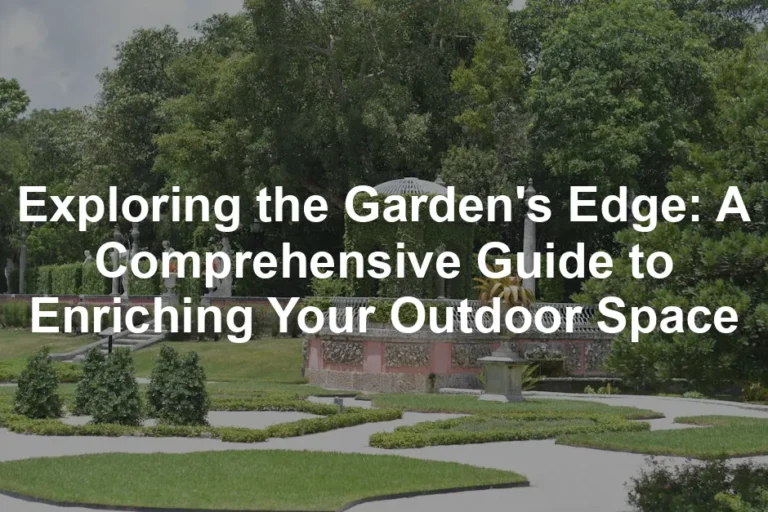
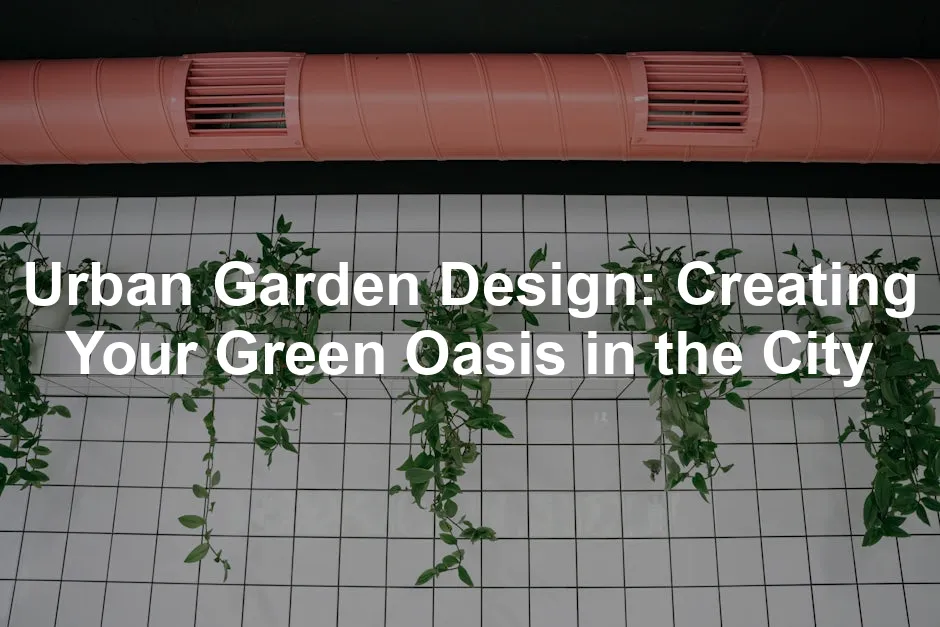
Urban Garden Design: Creating Your Green Oasis in the City
Introduction
Urban garden design is all about creating green spaces in city environments. These gardens are crucial for enhancing urban living. They offer a refreshing escape from concrete surroundings. With more people living in cities, the trend of urban gardening is booming, especially in small areas. This article will share tips and strategies to help you design a beautiful urban garden.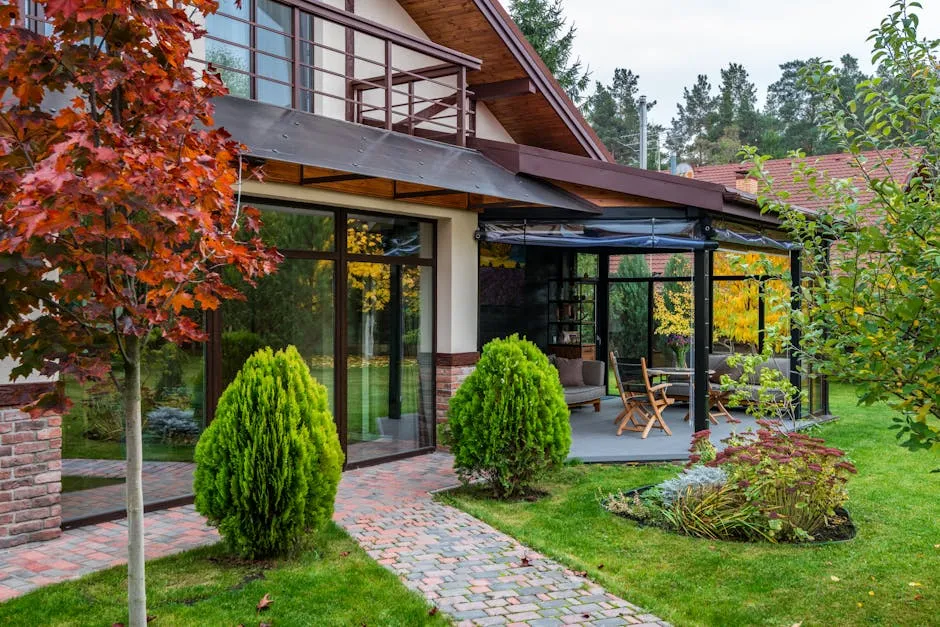
Summary and Overview
Urban gardens significantly improve city life. They provide fresh air, biodiversity, and a sense of community. However, urban gardening comes with challenges. Limited space and harsh environments can make gardening difficult. But with the right design principles, you can maximize both functionality and beauty. Incorporating elements like vertical gardening and decorative features can transform your space. Efficient layouts can help you make the most of your garden, regardless of size. This article will explore various techniques and tips for successful urban garden design. Get ready to turn your urban space into a green oasis! And if you’re interested in starting your own garden, don’t forget to check out this fantastic Vertical Garden Planter to maximize your space!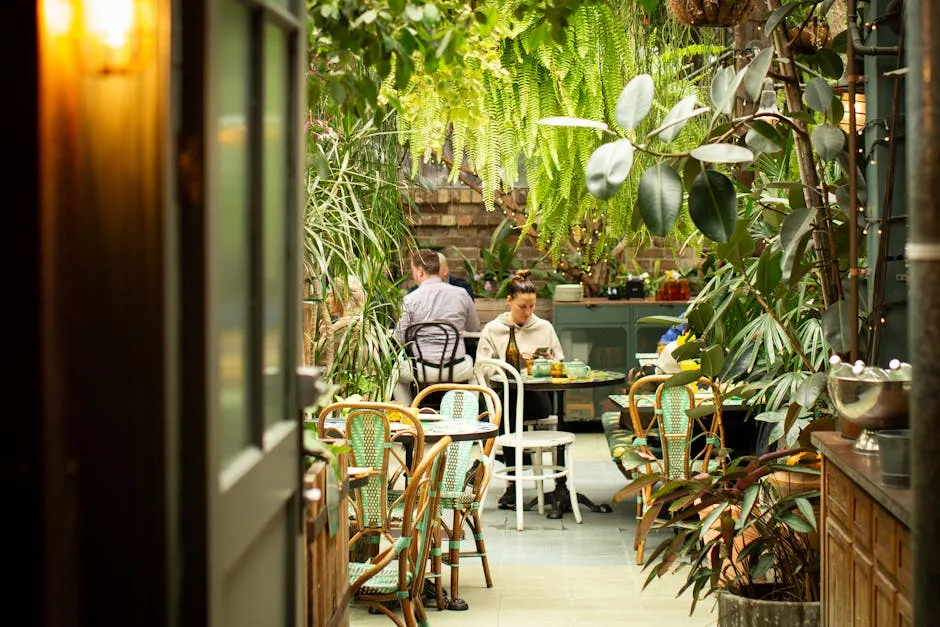
1. Understanding Urban Gardening
What is Urban Gardening?
Urban gardening refers to growing plants within city areas. It’s a vital part of modern life. These gardens can be small balconies or large community plots. They connect people with nature, even in bustling cities. Urban gardens offer environmental benefits, like improved air quality. They also boost mental health by providing green spaces for relaxation. Statistics show a significant rise in urban gardening popularity. More people are seeking to cultivate their own food and beautify their surroundings. The movement towards urban agriculture is gaining momentum, emphasizing the importance of green spaces in cities.For those looking to implement effective strategies, understanding how to implement permaculture principles in urban gardening can be beneficial.
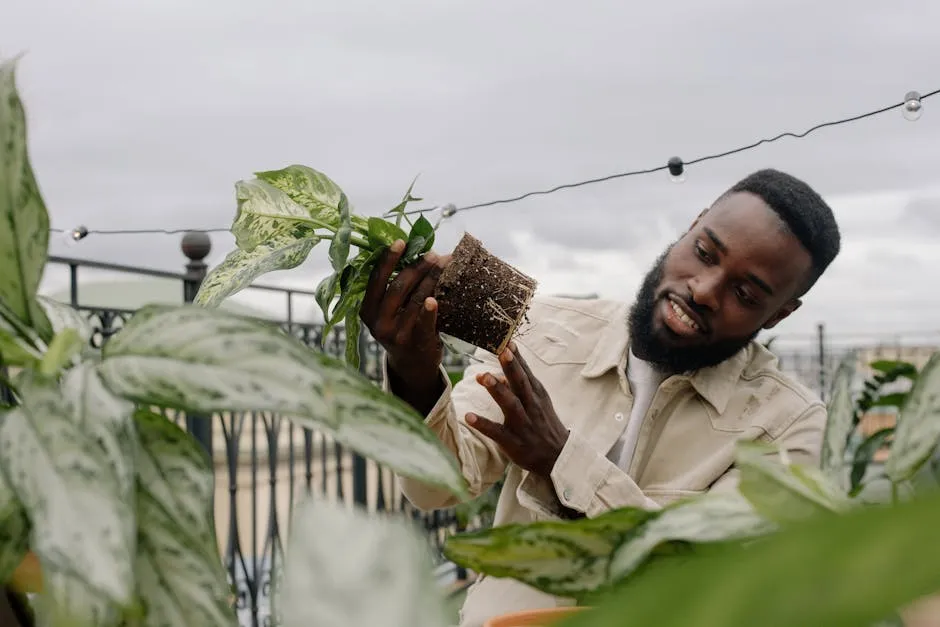
2. Assessing Your Space
Analyzing Your Urban Landscape
Before you start your garden, evaluate your available space. Whether it’s a balcony, rooftop, or small backyard, knowing your options is crucial. Measure and map out your area to visualize your design. Consider local climate factors, too. For example, is your space sunny or shaded? Understanding your microclimate will help you choose the right plants. Look for opportunities to utilize vertical spaces or corners. This approach allows you to maximize your garden’s potential while navigating urban limitations. And if you’re starting from scratch, consider using a Raised Garden Bed Kit to get your plants off to a great start!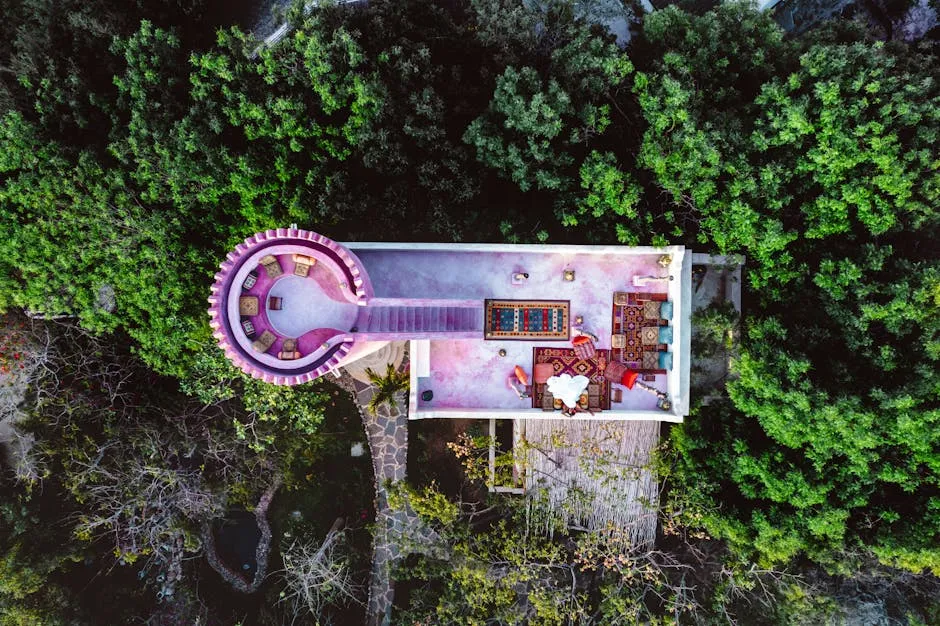
3. Creative Use of Vertical Space
Maximizing Vertical Gardening Techniques
Are you looking to make the most of your limited space? Vertical gardening is a fantastic solution. It uses walls, fences, and even ceilings to grow plants. This method not only saves ground space but also adds visual interest to your garden. Trellises are a popular choice for supporting climbing plants. You can train vines like peas or beans to climb them. Living walls are another creative option. These installations feature plants growing vertically in pockets, creating a lush green wall. Hanging gardens, with pots suspended from above, can also transform small areas into vibrant retreats. If you’re interested in hanging options, check out these Hanging Planters for a stylish twist! The benefits of vertical gardening are impressive. It enables you to maximize small spaces, making them feel larger. In fact, vertical gardens can save up to 50% more space compared to traditional gardening methods. Imagine utilizing every inch of your balcony or patio! When it comes to plant selection, opt for suitable varieties. Climbing plants like clematis or morning glories thrive in vertical setups. Herbs such as basil or mint can also flourish in hanging containers. They not only look good but are also handy for cooking! So, why not embrace vertical gardening? It’s a smart way to create a green oasis in your urban environment. For more ideas on how to implement this, check out DIY vertical gardening ideas for apartments.Vertical gardening is a great way to maximize space in urban settings. Explore DIY vertical gardening ideas for apartments for inspiration.
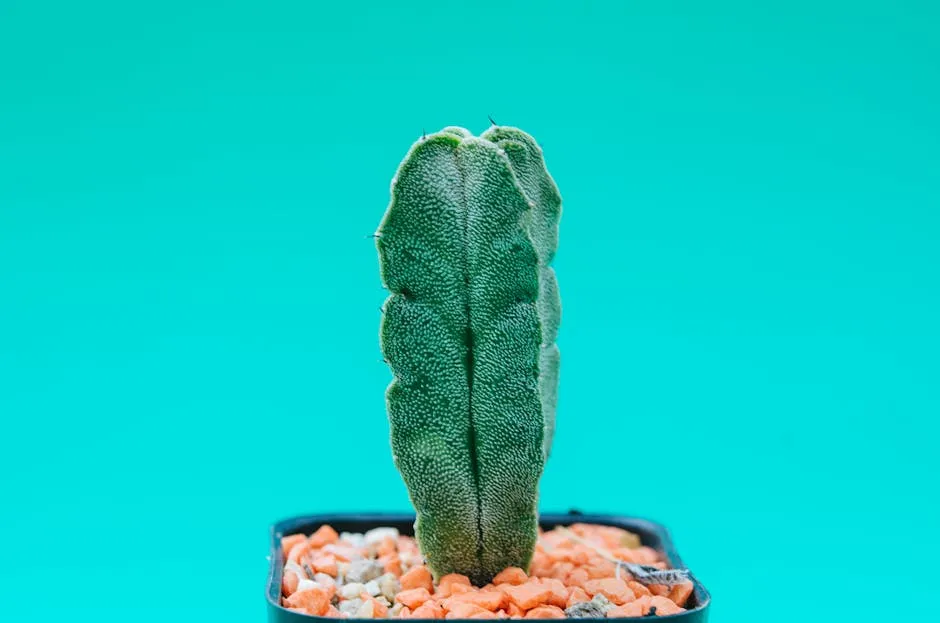
4. Incorporating Decorative Elements
Enhancing Aesthetic Appeal
Urban gardens deserve a touch of creativity! Decorative elements can elevate the ambiance of your outdoor space. Think about colorful pots, unique sculptures, or twinkling lights. These features make your garden visually appealing and inviting. For those colorful additions, consider these Decorative Flower Pots that can add a splash of color to your space! Consider adding pots in varied sizes and shapes. They can create a dynamic look, especially when filled with vibrant flowers. Sculptures can serve as focal points, drawing the eye. String lights or lanterns create a cozy atmosphere, perfect for evening relaxation. If you’re looking for some outdoor ambiance, check out these String Lights for Outdoor Use to enhance your space! Budget-friendly options are plentiful. You can DIY garden decor using recycled materials. Old tires, wooden pallets, or glass jars can be transformed into stunning planters or art pieces. These creative touches add personality to your garden. Remember, these decorative elements not only beautify but also contribute to your garden’s overall vibe. They can transform a simple space into a delightful retreat. So, get creative and make your urban garden a true reflection of your style!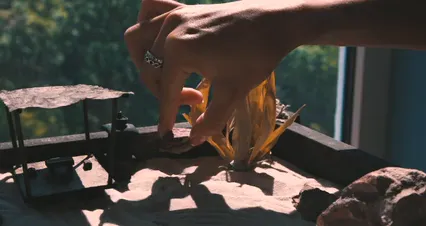
5. Maximizing Functionality and Aesthetics
Creating a Balanced Garden Layout
Creating a balanced garden layout is essential. You want your space to be both functional and beautiful. Start by integrating seating areas where you can relax. Consider adding a cozy bench or a set of chairs. This allows you to enjoy your garden fully. For that perfect seating option, don’t miss out on this Garden Bench! Pathways guide visitors through your garden. Use stones, gravel, or wooden planks to create clear paths. This design element enhances both the flow and organization of your space. Plus, pathways can prevent soil compaction in plant areas. Water features like fountains or ponds are fantastic additions. They attract wildlife and provide soothing sounds. Adding a small water feature can elevate your garden’s tranquility. If you’re considering this, look into a stylish Water Feature Fountain to enhance your garden space! Think about multi-use spaces, too. A patio can serve as a dining area and a spot for potted plants. This versatility maximizes your garden’s potential. Statistics show that outdoor seating areas can increase property value by up to 20%. By combining functionality with aesthetics, you create a harmonious garden. Every element should work together to enhance your experience. Embrace these tips and watch your urban garden flourish!To further enhance your garden, explore flower garden layout strategies.
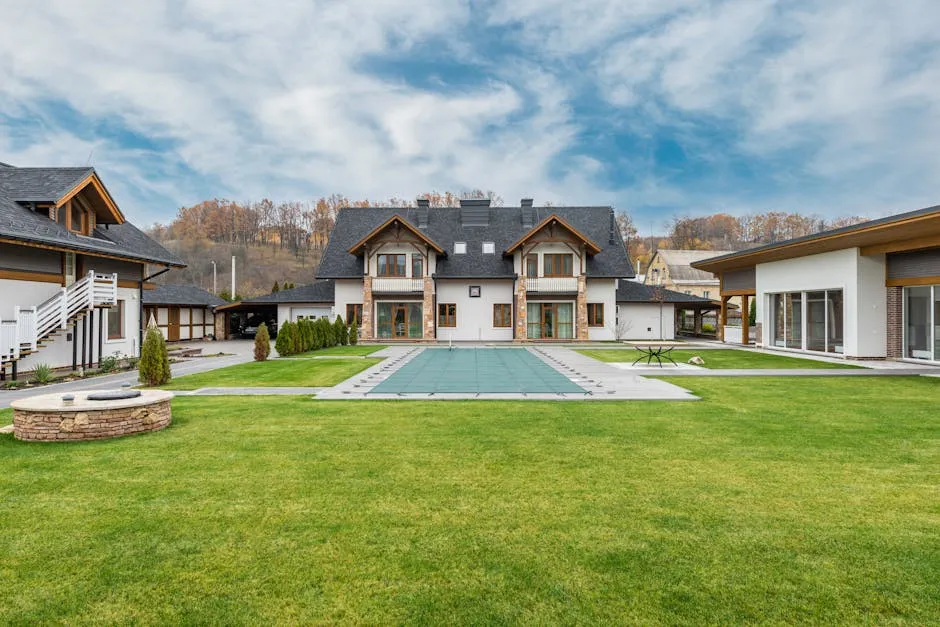
6. Embracing Limitations
Turning Challenges into Opportunities
Urban gardening often comes with its share of obstacles. Limited sunlight, poor soil, and confined spaces can feel daunting. But don’t worry! These challenges can become opportunities for creativity and innovation. First, let’s talk about sunlight. If your garden is shaded, consider planting shade-tolerant species. Ferns, hostas, and certain herbs thrive in lower light. You could also use reflective surfaces, like mirrors, to bounce light onto plants. This technique can brighten your garden and help plants flourish. When it comes to soil, raised beds or containers are your friends. They allow you to control the soil quality and drainage. Plus, they fit perfectly in small spaces. You can easily mix soil types to suit different plants. For example, use a potting mix for herbs and a heavier soil for vegetables. If you’re looking for a complete soil solution, consider getting a Soil Moisture Meter to keep track of your plants’ needs! Now, what about space? Think vertically! Use walls for climbing plants or install shelves for pots. Vertical gardening not only saves ground space but adds depth to your garden. Consider hanging planters or a living wall system. These options can transform bare walls into vibrant green spaces. Here are some inspiring examples. The High Line in New York City showcases how limited areas can thrive with creative design. It features native plants and sustainable gardening practices, turning an old railway into a lush park. Another example is the rooftop gardens in Paris, where limited space is transformed into productive gardens. In conclusion, urban gardening may have limitations, but they can spark innovation. By using creative strategies and adapting to your environment, you can cultivate a thriving green space. Embrace these challenges and watch your garden flourish!
7. Leveraging the Urban Microclimate
Optimizing Plant Choices
Urban environments create unique microclimates. These areas can retain heat and provide shelter, making them ideal for certain plants. Understanding how to leverage these conditions can enhance your garden significantly. Cities often experience higher temperatures than surrounding areas. This heat retention allows for longer growing seasons. Plants like tomatoes and peppers thrive in these warmer settings. Consider planting them in sunny spots to maximize their growth potential. For those who love to grow their own veggies, a great resource is this Organic Vegetable Seeds Variety Pack! Choose climate-adaptive plants that can handle urban stresses. Look for species that tolerate pollution and require less water. Native plants are often a great choice. They are well-suited to local conditions and provide habitat for wildlife. What about exotic plants? Some can thrive in urban settings! For example, consider planting ornamental grasses or succulents. These plants add texture and color while being hardy enough for city life. A great example is the use of Mediterranean plants in urban gardens. They thrive in warmer climates and require minimal water. By incorporating them, you can create a beautiful, low-maintenance garden. In summary, understanding the urban microclimate is vital for plant selection. Choose plants that thrive in your specific conditions. This will help you create a vibrant and resilient garden in the city.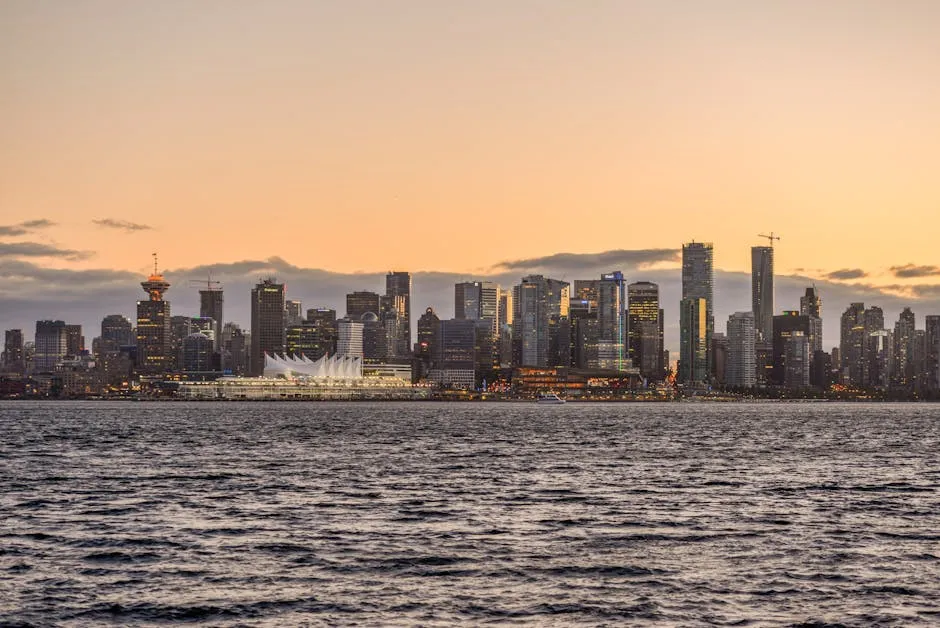
8. Modern Design Aesthetics
Incorporating Hardscaping
Modern urban gardens often feature hardscaping. This involves using materials like stone, wood, and metal to create structure and style. Clean lines and contrasting materials are popular design trends today. Start by incorporating pathways made of pavers or gravel. They guide visitors through your garden while dividing spaces. Consider using large stones for seating or decorative features. These elements can enhance the garden’s overall look. Another trend is the use of raised beds with contrasting materials. For example, combine wood with stone for a striking effect. This not only looks great but also provides functional planting areas. If you’re looking for a complete gardening tool set to help with maintenance, check out this Gardening Tool Set! When designing your garden, think about integrating hardscaping with soft elements. Balance the hard features with lush plants and flowers. This creates visual harmony and enhances the overall aesthetic. Successful urban gardens, like those in San Francisco, master this combination. They use hardscaping to create functional spaces while allowing plants to shine. In conclusion, incorporating modern hardscaping techniques can elevate your garden’s design. By blending structure with greenery, you create a stylish urban oasis that reflects contemporary aesthetics.
9. Blurring Indoor and Outdoor Boundaries
Creating Seamless Flow
Have you ever walked into a garden and felt an instant connection? That magic often comes from a seamless blend of indoor and outdoor spaces. Creating this flow can transform your urban garden into an inviting retreat. Start by using consistent flooring materials. If your indoor space features hardwood or tiles, continue that look outdoors. This approach naturally extends your living area and creates an illusion of more space. Consider adding large sliding doors. They offer easy access while visually connecting your indoor and outdoor zones. When open, they invite fresh air, making your home feel more expansive. Cohesive design brings numerous benefits. It enhances your home’s aesthetic appeal and increases its value. A well-integrated space encourages relaxation and socializing, making it perfect for gatherings. Successful examples of this design can be found in many contemporary homes. Think about a chic patio with matching tiles that lead into a stylish living room. Or picture a serene garden with furniture that mirrors your indoor decor. In short, blurring boundaries between inside and out creates a harmonious environment. This design choice not only beautifies your space but also enriches your lifestyle. So, why not embrace this idea in your urban garden?
10. Container Gardening as an Alternative
Versatility of Container Gardens
Container gardening is a fantastic option for urban dwellers. It allows you to maximize your space and express creativity in unique ways. Whether on a balcony, patio, or rooftop, containers can transform any area into a garden. One major benefit of container gardening is its flexibility. You can move pots around to find the best light conditions. This adaptability lets you experiment with different plant combinations. Plus, containers can fit into tight spots that traditional gardens cannot reach. When selecting containers, consider their size and material. Terra cotta, ceramic, and metal all have different aesthetics and drainage capabilities. Combine various sizes to create depth and interest. Grouping pots together adds a dynamic touch. And if you’re looking for a starter kit, don’t miss this Indoor Herb Garden Kit to get you started! Unique container gardening ideas can elevate your space further. Try using repurposed items like old wheelbarrows or wooden crates as planters. These creative touches inject personality into your garden while being eco-friendly. In summary, container gardening offers versatility and charm. It allows you to cultivate beautiful greenery, even in limited spaces. So, get creative with pots and transform your urban environment into a vibrant oasis! For more ideas, check out container gardening ideas for small spaces.Container gardening is perfect for maximizing space in urban settings. Discover more in container gardening ideas for small spaces.
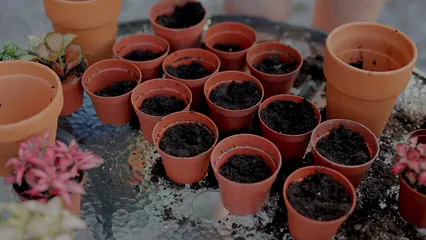
11. Making the Most of Awkward Spaces
Creative Solutions for Unconventional Areas
Do you have an oddly shaped garden or compact area? Don’t fret! These unconventional spaces can become standout features with a little creativity. Start by assessing the layout. A small or awkward space can often be transformed into a cozy nook. Use light colors for walls or fences to create an illusion of depth. Bright shades can make tight areas feel more open and inviting. Consider incorporating vertical elements like trellises or wall planters. These features draw the eye upward, adding visual interest. Climbing plants can thrive in these setups, bringing life to otherwise neglected corners. For trellis options, check out this Trellis for Climbing Plants! Successful designs in challenging spaces can be found everywhere. For example, a narrow urban garden might use a winding path to create movement. Or, a small courtyard can feature built-in seating to maximize utility. In summary, awkward spaces hold unique potential. With smart design choices, you can transform them into charming, functional gardens. Embrace the challenge and let your creativity shine!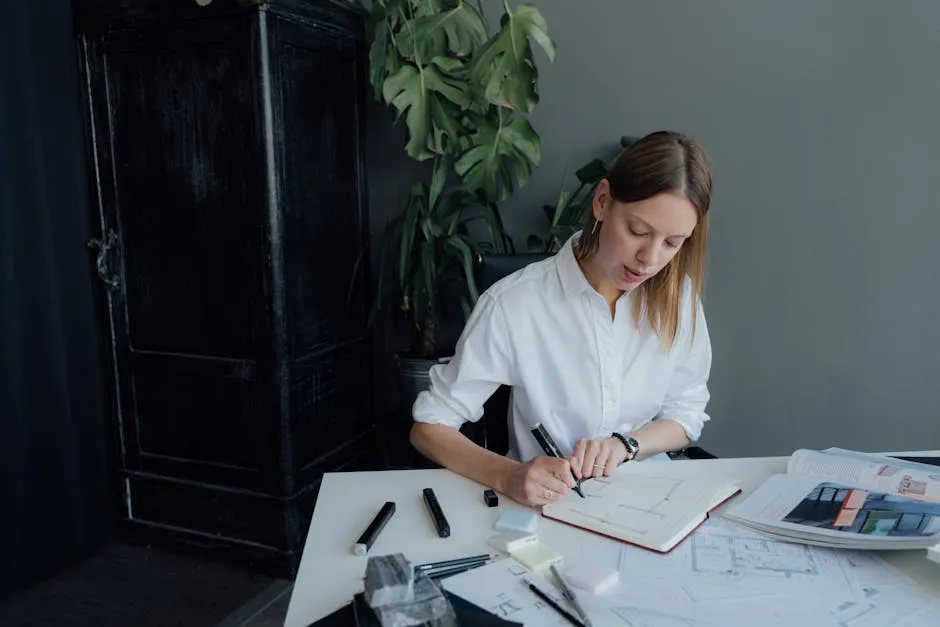
12. Light Gardens and Tiny Courtyards
Transforming Small Areas into Inviting Spaces
Are you looking to enhance a light well or tiny courtyard? These small spaces can be transformed into inviting retreats with the right design. Here are some tips to help you maximize their potential. First, consider your walls. Light-colored paint can brighten up dark areas. This simple change can make your space feel larger and more open. Use mirrors to reflect light, giving the illusion of depth. When it comes to plants, choose varieties that thrive in limited light. Ferns and shade-loving flowers like violets can flourish in these conditions. Incorporate larger plants, like dwarf trees, for added interest. They create a lush atmosphere while taking up minimal space. If you’re looking for a way to grow plants indoors, consider an Indoor Plant Grow Light! Decorative elements can elevate your courtyard’s appeal. Consider adding comfortable seating, like a small bench or chairs. This encourages relaxation and enjoyment of your garden. String lights or lanterns can provide a cozy ambiance for evening gatherings. Successful transformations of small outdoor spaces can inspire your designs. For instance, a tiny courtyard in Paris became a vibrant garden oasis. It features climbing plants, cozy seating, and colorful pots. This space demonstrates how thoughtful design can create a welcoming atmosphere. Incorporating these ideas can turn your light garden or tiny courtyard into a charming escape. Embrace the potential of small spaces, and watch your garden thrive!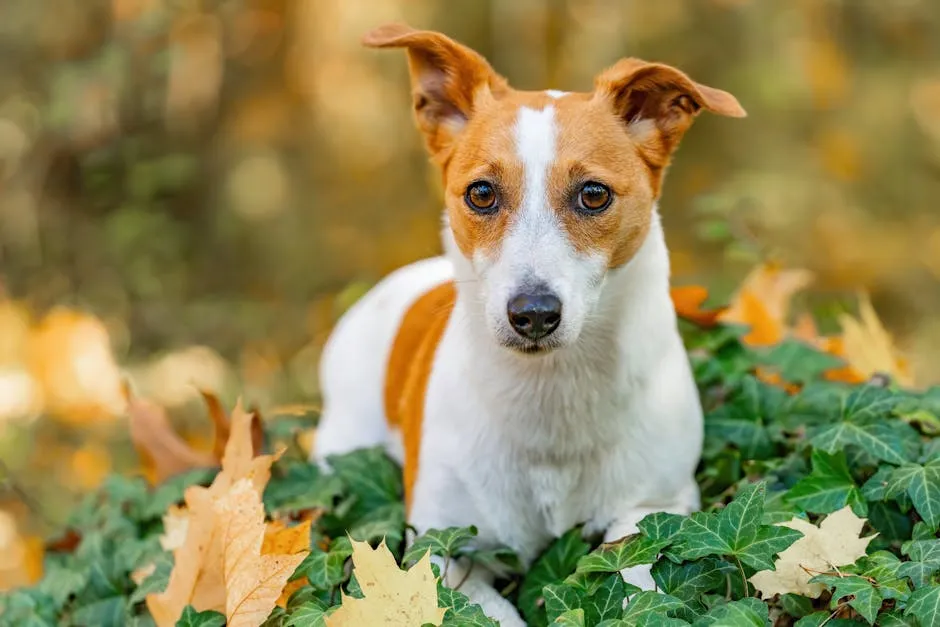
FAQs
What is urban garden design?
Urban garden design focuses on creating green spaces in city environments. It enhances living conditions and promotes sustainability.
How can I maximize space in my urban garden?
Use vertical gardening techniques, such as trellises and wall planters. This approach optimizes limited areas while adding visual interest.
What are some suitable plants for small urban gardens?
Consider herbs, ferns, and compact flowering plants. These varieties thrive in limited space and low light conditions.
How do I create a cohesive indoor and outdoor space?
Use similar materials and colors for flooring. This design choice creates a seamless transition, enhancing the overall aesthetic.
What are the benefits of container gardening in urban settings?
Container gardening allows for flexibility and easy mobility. It enables you to grow plants in various locations, maximizing your space effectively.
Please let us know what you think about our content by leaving a comment down below!
Thank you for reading till here 🙂
All images from Pexels
